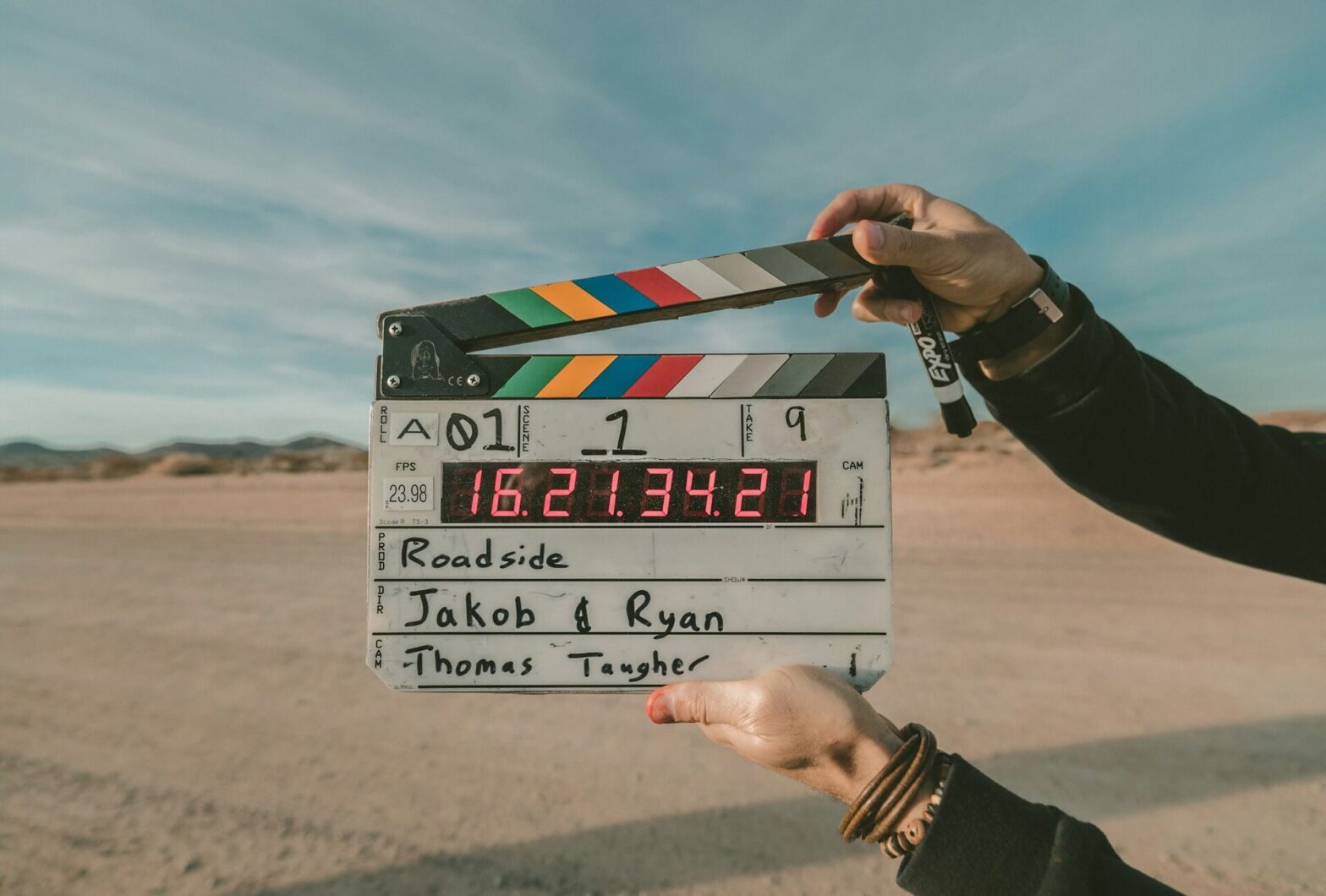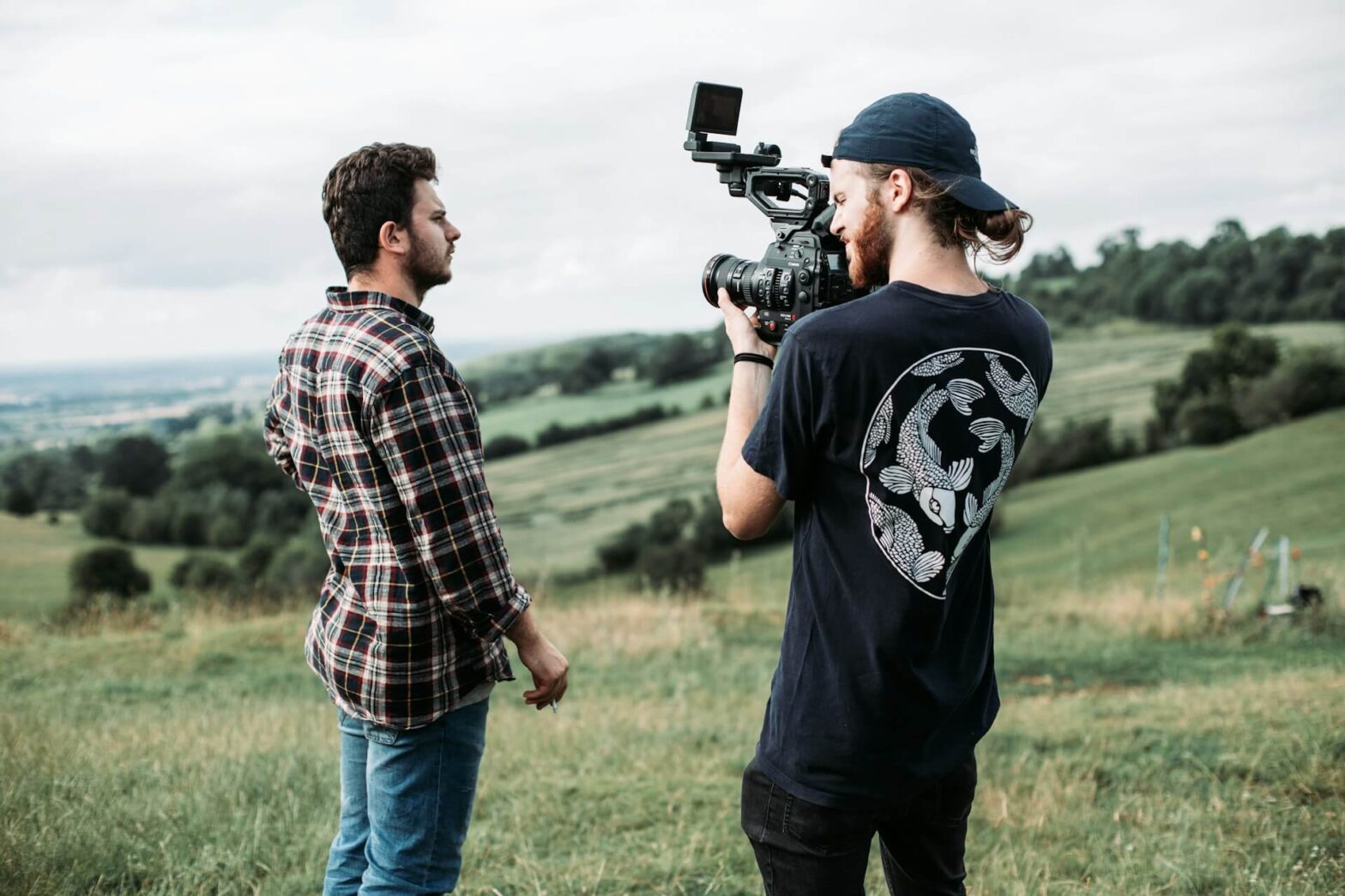For fans of “New Brow: Contemporary Underground Art,” there are several documentaries that explore similar themes of art, culture, and creativity in unique and compelling ways. These films delve into various art movements, the lives of artists, and the impact of art on society.
- “Exit Through the Gift Shop” (2010): This film, directed by street artist Banksy, tells the story of Thierry Guetta, a French immigrant in Los Angeles, and his obsession with street art. It’s a fascinating exploration of the world of street art and its place in contemporary culture.
- “Beautiful Losers” (2008): This documentary focuses on a collective of artists who influenced the aesthetic of many subcultures. It celebrates the spirit behind the DIY movement and the influence of these artists on mainstream contemporary art.
- “The Universe of Keith Haring” (2008): An intimate portrayal of the iconic artist Keith Haring, whose graffiti-inspired work became a worldwide phenomenon. This film offers insights into Haring’s life, art, and legacy.
- “Jean-Michel Basquiat: The Radiant Child” (2010): Centering on the life of artist Jean-Michel Basquiat, this documentary includes rare footage and interviews, providing a deep dive into his life and the 1980s New York art scene.
- “Ai Weiwei: Never Sorry” (2012): This film is a detailed portrait of the famous Chinese contemporary artist and activist Ai Weiwei, known for his political provocations and large-scale installations.
- “Cutie and the Boxer” (2013): A documentary that focuses on the chaotic 40-year marriage of boxing painter Ushio Shinohara and his wife Noriko. It’s an exploration of love, sacrifice, and the creative process.
- “Gerhard Richter Painting” (2011): A thrilling documentary that captures the personal and creative process of Gerhard Richter, considered one of the world’s greatest living painters.
- “Marwencol” (2010): This film tells the story of Mark Hogancamp and his fictional World War II-era town of Marwencol, created as a form of therapy after a brutal attack left him with no memory of his previous life.
Each of these documentaries offers a unique perspective on art and artists, much like “New Brow: Contemporary Underground Art,” and are sure to captivate those interested in the intersections of art, culture, and storytelling.


